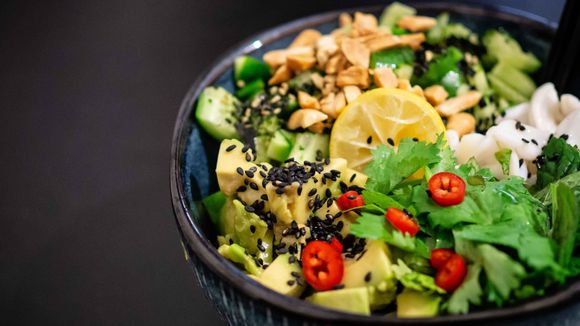The Blood Type Diet: A Fresh Perspective?
According to Dr. D’Adamo, the Blood Type Diet is based on the principle that our blood type reflects our internal chemistry. This diet proposes that blood types — A, B, AB, and O — have unique dietary requirements, and by consuming foods that are compatible with our blood type, we can optimize our health, reduce weight, and diminish the risk of certain diseases.
Possible Health Benefits and Risks
The Blood Type Diet advocates posit several potential health benefits from following this diet regimen, often specific to particular health conditions and diseases.
- Heart Disease: It's suggested that blood type A individuals, encouraged to follow a predominantly vegetarian diet, may experience lower risks of heart disease due to less consumption of red meat.
- Obesity: Blood type O individuals are recommended a high-protein diet, low in grains. This may aid weight loss as a high-protein diet often leads to increased satiety.
- Digestive Health: Blood type B individuals may potentially see improved digestive health, with the focus on consuming low-fat dairy, fruits, vegetables, and certain meats.
However, a critical assessment of these benefits is necessary. Despite some positive anecdotal evidence, scientific research is inconclusive. As of now, there isn't substantial scientific proof linking specific blood types to certain diseases or that a blood-type specific diet can confer the suggested health benefits.

Photo by Yoav Aziz on Unsplash
Savory Recipes: Tailored for your Blood Type
Here are three blood type-friendly recipes to get you started on the Blood Type Diet.
- Blood Type A — Vegetable Stir-Fry: In a pan, sauté a variety of fresh, organic vegetables — carrots, broccoli, bell peppers, and snow peas — with tofu in olive oil. Add soy sauce and sesame seeds for taste.
- Blood Type B — Grilled Salmon with Quinoa: Marinate a salmon fillet with lemon juice, olive oil, salt, and pepper. Grill it and serve with cooked quinoa and a side salad of greens.
- Blood Type O — Beef Stir-Fry: Sauté lean beef strips with onions, bell peppers, and broccoli in olive oil. Season with garlic, salt, and pepper. Serve over a bed of lettuce.

Photo by Towfiqu barbhuiya on Unsplash
Questions and Answers
Question: What are some potential risks of the Blood Type Diet?
Answer: One risk is that the diet could lead to nutritional deficiencies, as each blood type diet excludes certain food groups. For example, the Type O diet excludes grains, which could lead to a lack of dietary fiber.
Question: Can the Blood Type Diet help with autoimmune diseases?
Answer: There is currently no scientific evidence that the Blood Type Diet can specifically help with autoimmune diseases.
Question: Is the Blood Type Diet safe for children and adolescents?
Answer: It's crucial for growing children and adolescents to receive all necessary nutrients. Before starting a child on any diet, including the Blood Type Diet, it is important to consult a healthcare provider.
Question: Can I follow the Blood Type Diet if I have diabetes?
Answer: If you have diabetes or any other chronic condition, you should consult your healthcare provider before starting any new diet, including the Blood Type Diet.
Question: What does the Blood Type Diet suggest for exercise?
Answer: The Blood Type Diet also considers exercise, proposing different exercises for different blood types. For example, it suggests yoga and tai chi for Type A, and vigorous aerobic exercises for Type O.
Remember, before making any substantial changes to your diet or lifestyle, always consult with a healthcare professional to ensure the best approach for your personal health needs.









